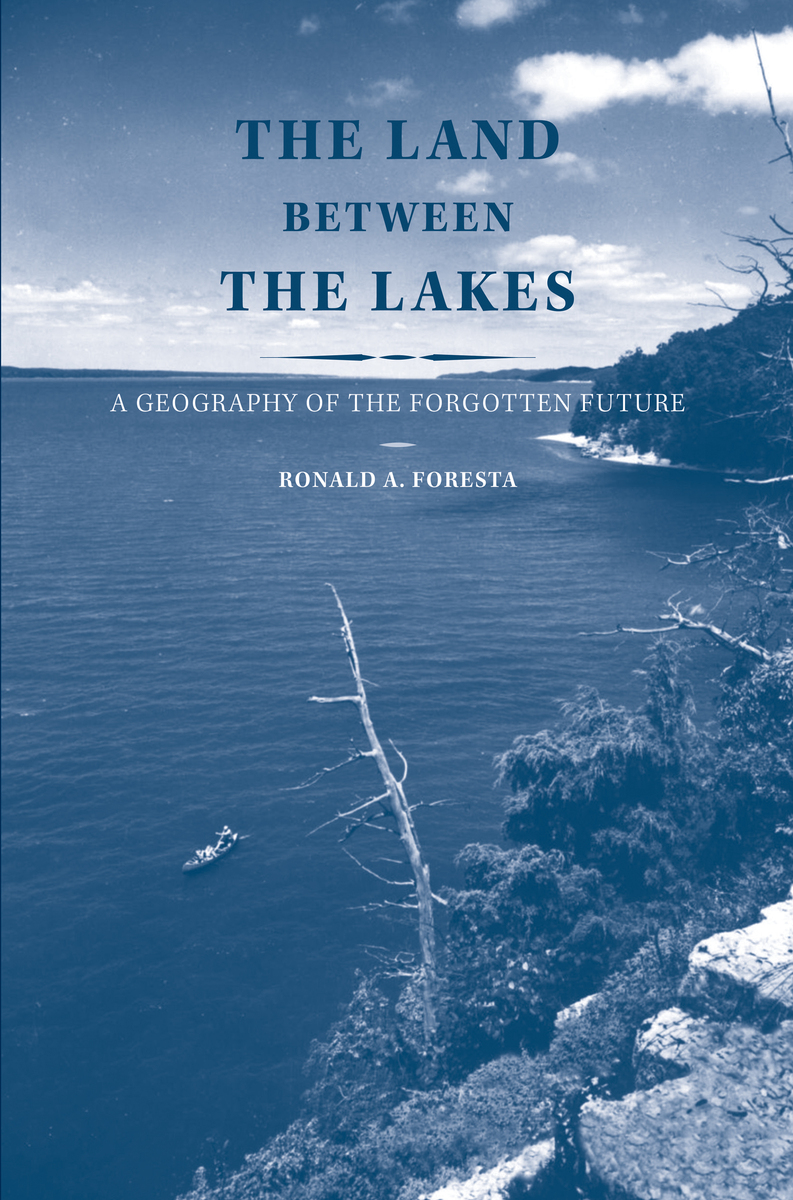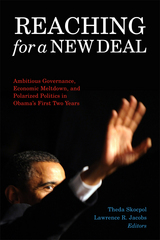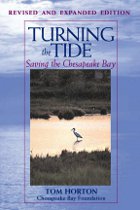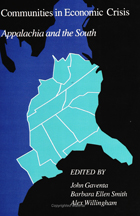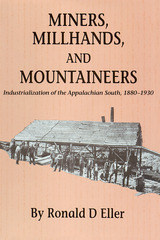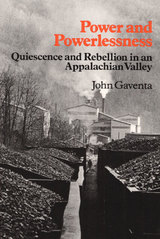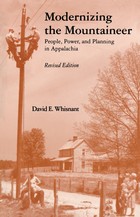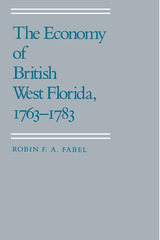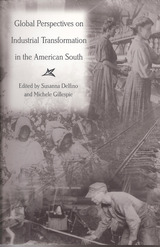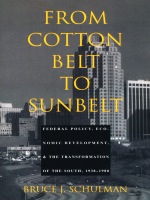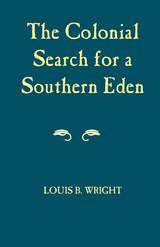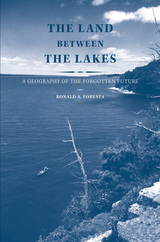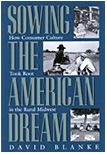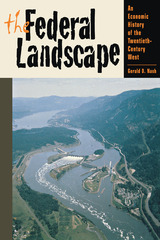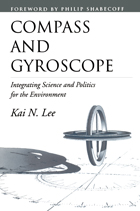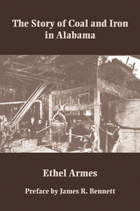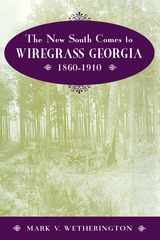The Land Between the Lakes: A Geography of the Forgotten Future
University of Tennessee Press, 2013
Cloth: 978-1-57233-863-0 | eISBN: 978-1-62190-020-7
Library of Congress Classification HC107.A135F67 2013
Dewey Decimal Classification 333.780976979
Cloth: 978-1-57233-863-0 | eISBN: 978-1-62190-020-7
Library of Congress Classification HC107.A135F67 2013
Dewey Decimal Classification 333.780976979
ABOUT THIS BOOK | AUTHOR BIOGRAPHY | REVIEWS | TOC | REQUEST ACCESSIBLE FILE
ABOUT THIS BOOK
Between Barkley and Kentucky Lakes—two great, artificial bodies of water in western Tennessee and western Kentucky—lies a wooded land that looks from above like the flattened thumb of a green giant. Once a land of marginal farms and small settlements, this 240-square-mile peninsula, known as the Land Between the Lakes, has been a national recreation area for the last half-century. Its rolling, wooded hills and open bottomlands give the place charm but little majesty. The place swallows up its few campgrounds and visitors they attracts, creating a vacuous tranquility. In this volume, Foresta explores how this forgotten and bypassed region became a national recreation area. He uses its history to retrieve our old attitudes toward nature, progress, and personal development. He also uses its history to retrieve a vision of the future that rallied idealists, intellectuals, and even public officials to its banner.
In the early 1960s, the Tennessee Valley Authority set out to create a great park for posterity at the Land Between the Lakes. The park was to host the vast stretches of leisure that wealthy, secure, and more equal Americans of the late twentieth and early twenty-first centuries would have at their disposal. It would be a place where such Americans could turn that leisure into happiness, psychic well-being, and strength of character. The TVA cleared the land of its inhabitants to create the park, removing people from their homes and severing their roots, thus effacing the history of the place. It then set about reshaping the land in the image of an anticipated future. But when that future never arrived, managers struggled to fit the place to the America that actually came into being. In the end they failed, leaving the Land Between the Lakes enveloped in a haunting sense of emptiness.
A deft blend of environmental history, geography, politics, and cultural history, Land Between the Lakes demonstrates both the idealism of mid-twentieth-century planners and how quickly such idealism can fall out of alignment with the flow of history. In so doing it explores a forgotten vision of the future that was in many ways more appealing than the present that came into being in its place.
In the early 1960s, the Tennessee Valley Authority set out to create a great park for posterity at the Land Between the Lakes. The park was to host the vast stretches of leisure that wealthy, secure, and more equal Americans of the late twentieth and early twenty-first centuries would have at their disposal. It would be a place where such Americans could turn that leisure into happiness, psychic well-being, and strength of character. The TVA cleared the land of its inhabitants to create the park, removing people from their homes and severing their roots, thus effacing the history of the place. It then set about reshaping the land in the image of an anticipated future. But when that future never arrived, managers struggled to fit the place to the America that actually came into being. In the end they failed, leaving the Land Between the Lakes enveloped in a haunting sense of emptiness.
A deft blend of environmental history, geography, politics, and cultural history, Land Between the Lakes demonstrates both the idealism of mid-twentieth-century planners and how quickly such idealism can fall out of alignment with the flow of history. In so doing it explores a forgotten vision of the future that was in many ways more appealing than the present that came into being in its place.
See other books on: Environmental conditions | Geography | Lakes | Land Between | Natural resources
See other titles from University of Tennessee Press
